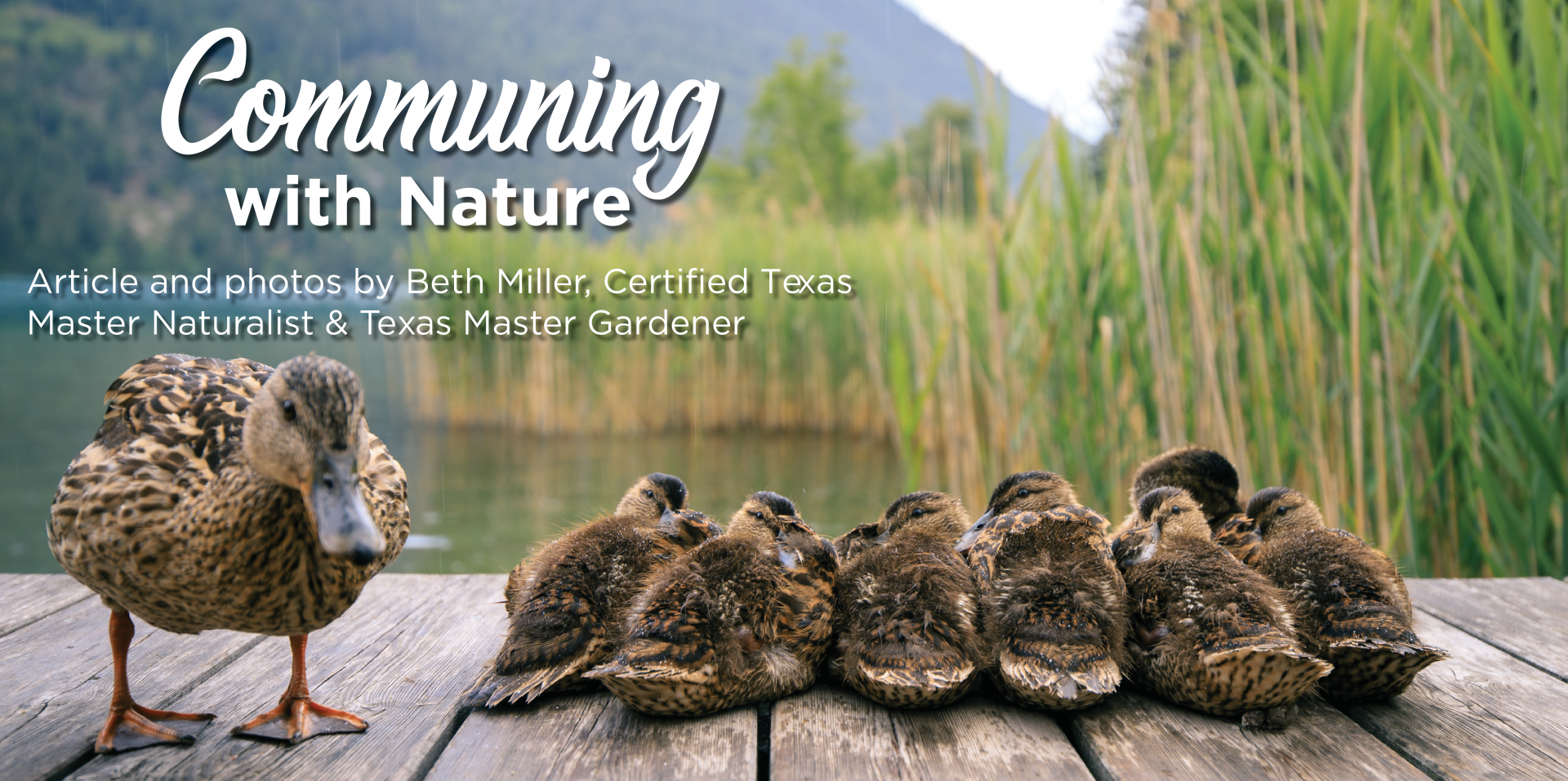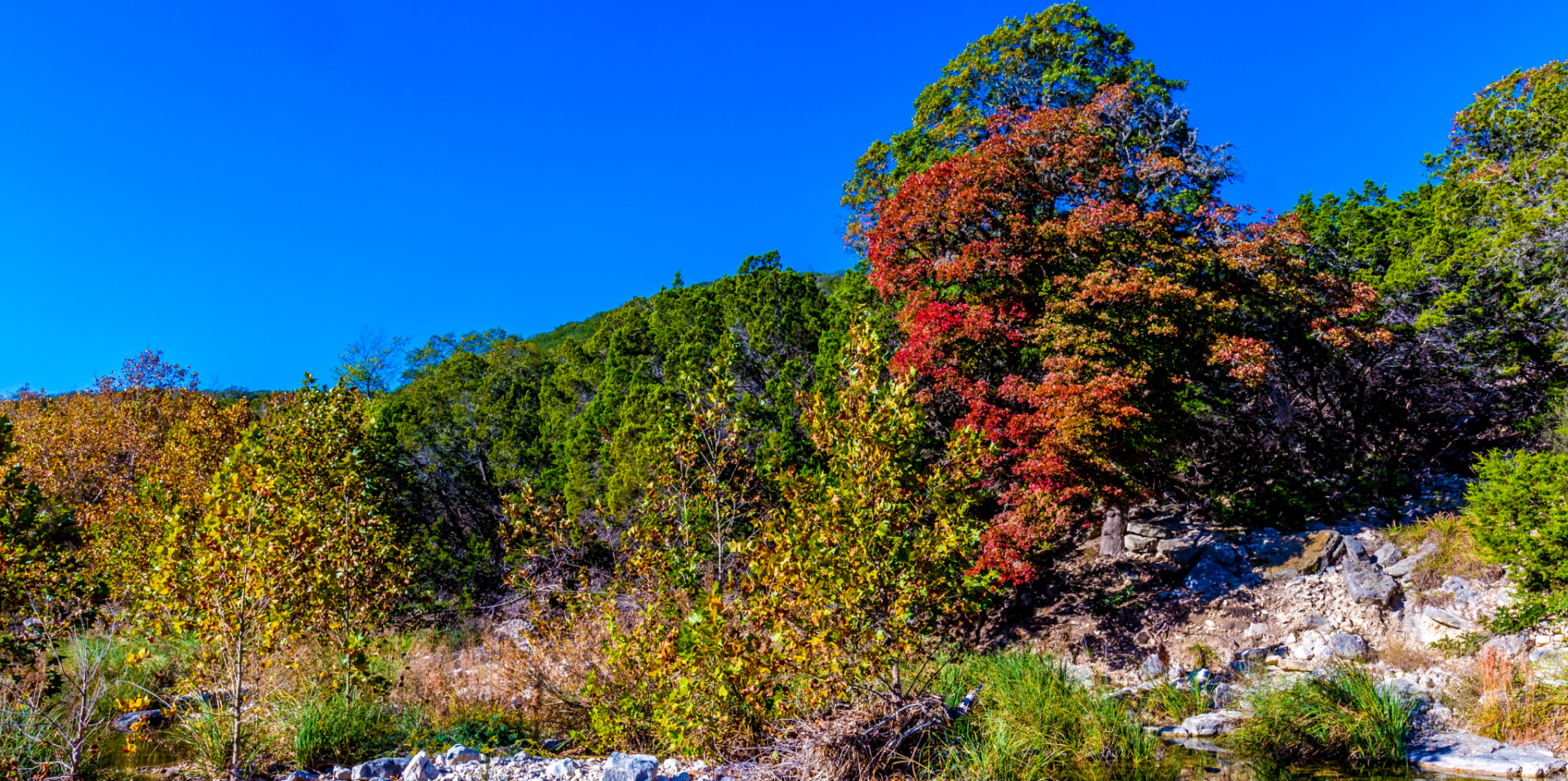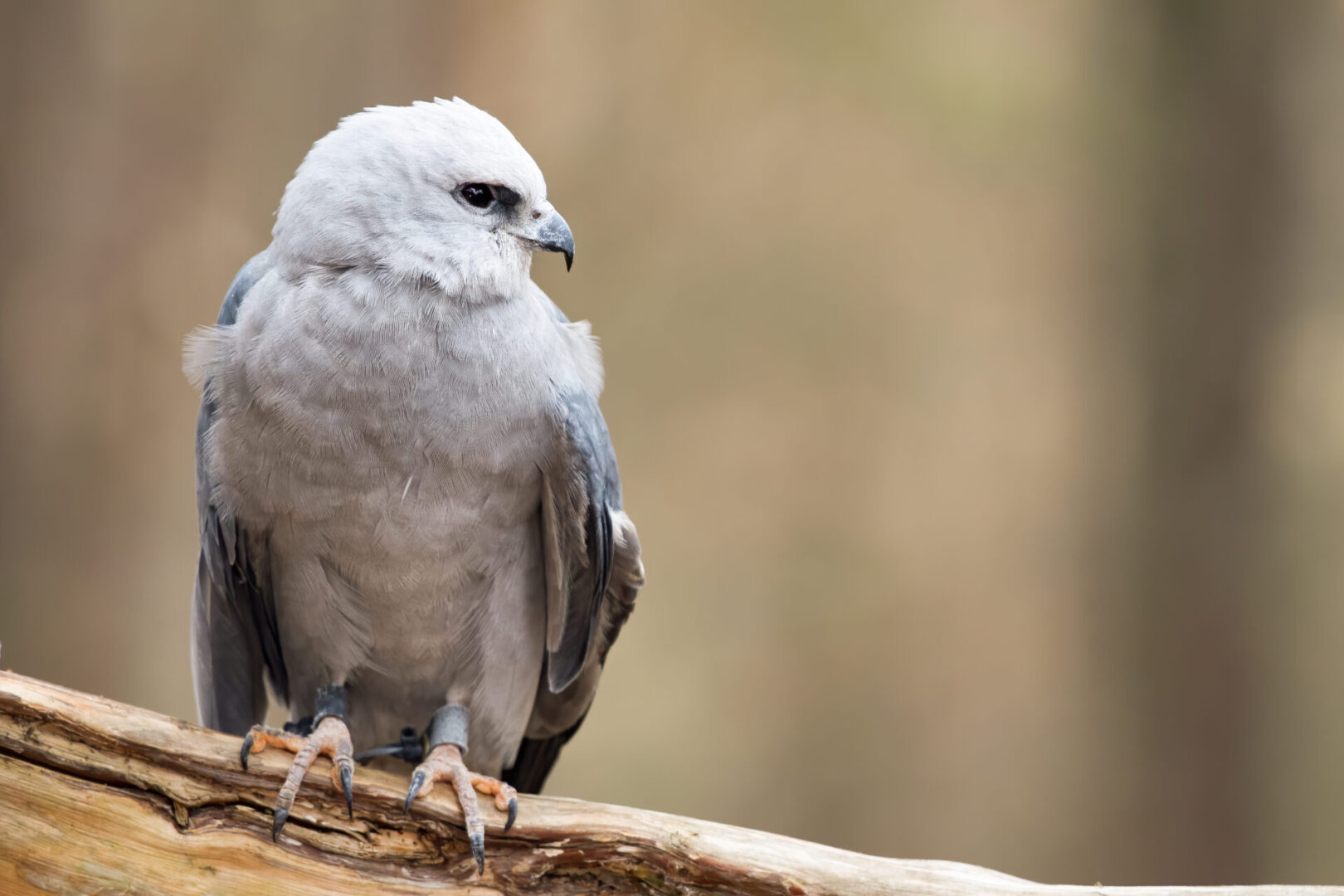Planting and Artificial Reefs Improving Lake Livingston Fishing
Fifteen Friends of Lake Livingston (FoLL) volunteers braved 98-degree heat and near matching humidity on July 31 for the first planting in 18 months, to add over 800 aquatic plants to a small island shoreline on the north end of the reservoir. Over 800 American Water-willows, bulrush, spike rush were placed in the lake, and plants such as button bush and bald cypress in riparian zones onshore, reducing erosion.
Over 25,000 American water-willows have been planted by FoLL at 21 sites in Lake Livingston since 2014. While early plantings struggled, significant success has been achieved in coves and areas protected by the wind and wave action. By penning the aquatic plants within five-foot-high fencing, the FoLL team keeps larger fish, deer and nutria from feeding on the newly planted vegetation. The result has been exceptional; creating lush, larger plants that seem to burst out of the pens, which stay in place for a year to 18-months.
At several sites, the initial 1,500 to 5,000 American Water-willows planted have exploded up the banks, filling creeks to create excellent aquatic habitat. Surveys of all sites continue to show a strong 50 percent success rate, improving to 100 percent on recent plantings. The U.S Reservoir Fisheries Habitat Partnership believes this to be the best in the nation for similar projects. Texas Parks and Wildlife Department’s (TPWD) also gives FoLL credit for improving habitat enough that they stocked the lake with largemouth fingerlings for the first time in over a decade.
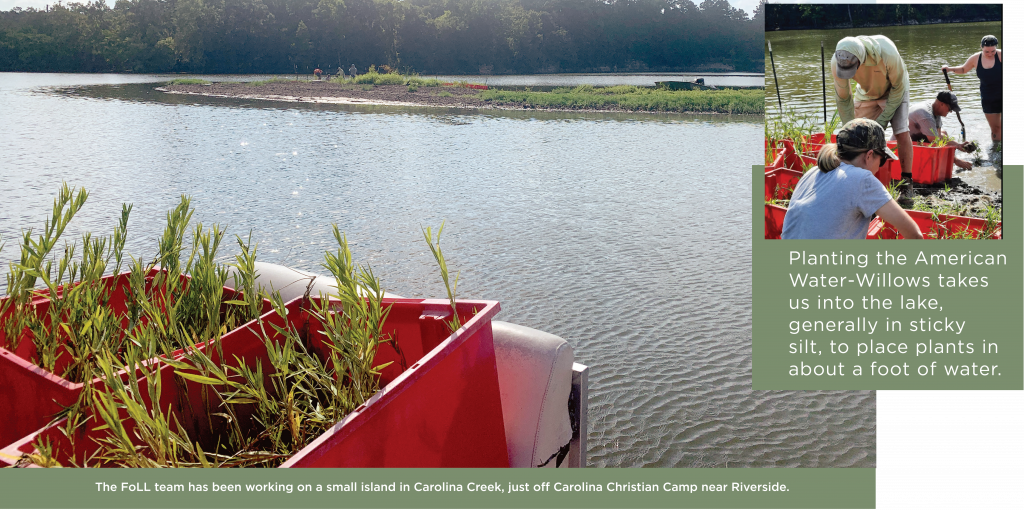 The project has also expanded to include artificial reef construction and placement with partner Trinity River Authority (TRA). FOLL began the reef project with its school partners building 10 Georgia Cubes. Just weeks ago, FoLL and TRA constructed and placed 34 Mossback fish attractors in White Rock Creek on the north end of Lake Livingston. Many artificial habitats have been placed over the past 20 years and marked in TPWD’s GPS map of the lake. The new reefs, thought to be the largest single placement, can now be found on the map.
The project has also expanded to include artificial reef construction and placement with partner Trinity River Authority (TRA). FOLL began the reef project with its school partners building 10 Georgia Cubes. Just weeks ago, FoLL and TRA constructed and placed 34 Mossback fish attractors in White Rock Creek on the north end of Lake Livingston. Many artificial habitats have been placed over the past 20 years and marked in TPWD’s GPS map of the lake. The new reefs, thought to be the largest single placement, can now be found on the map.
“FoLL is also testing floating islands for potential placement in the heavily bulkheaded areas of south Lake Livingston,” said FoLL Project Director Scott Ball. “The bulkheading, little protection from the north winds and resulting wave action has pushed planting activity to the northern areas in Carolina Creek and Riverside. In the protected creeks and small lakes to the north, the plantings create sustained habitat that has survived droughts, floods, and freezing temperatures. The expanding aquatic plants is filtering out some of the silt before it enters the lower lake.”
FOLL is hoping that the floating islands will allow similar success in the lower lake in bulkheaded or less protected shorelines.
Collaboration with the Texas Department of Corrections’ Ellis Unit and Lee College’s horticulture program increased the annual yield of propagation and new plants, along with research efficiency techniques that enhance health and growth. FOLL hopes to transfer the knowledge gained in this program to the high school partner programs to enhance the experience of the students. TDC Ellis/Lee Horticulture are also experimenting with additional aquatic plant species. Once propagation techniques are perfected, plants will be distributed to FoLL’s six high school partners to expand and diversify growing and planting.
In addition to its managing partners, TRA and TPWD, FoLL works closely with the U.S Reservoir Fisheries Habitat Partnership, six school districts, the Piney Woods Lakes and Heartwood Master Naturalists, Polk County Hookers fishing club, and SJC Master Gardeners.
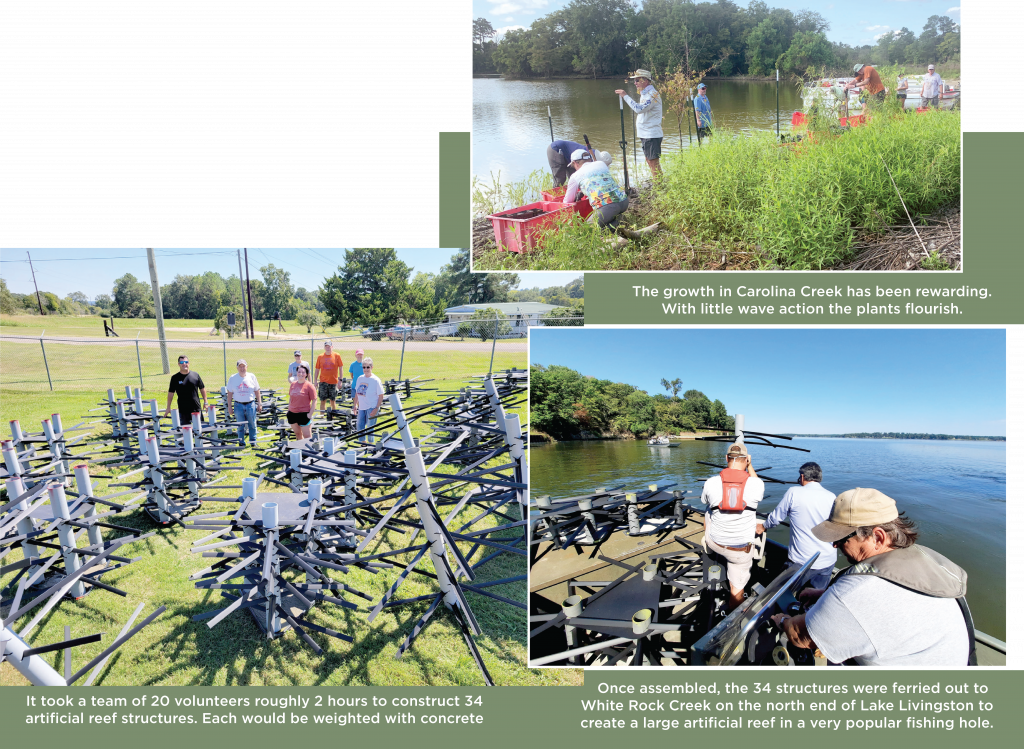
To get involved, donate, or become a sponsor, visit www.friendsoflakelivingston.com or facebook.com/FriendsofLakeLivingston.
Learn more about nature activity around Lake Livingston by joining a chapter of the Texas Master Naturalist or Texas Master Gardeners. Piney Wood Lakes Chapter of Texas Master Naturalist serves members across Polk, San Jacinto, Trinity, and Tyler Counties with volunteer opportunities, educational resources, and conservation projects. txmn.org/pineywoodlakes SJC Master Gardeners serves members in San Jacinto and Polk Counties. Life-long learners and trained volunteers, master gardeners give time, knowledge, and expertise to improve the quality of life for neighbors and visitors. txmg.org/sjmg


